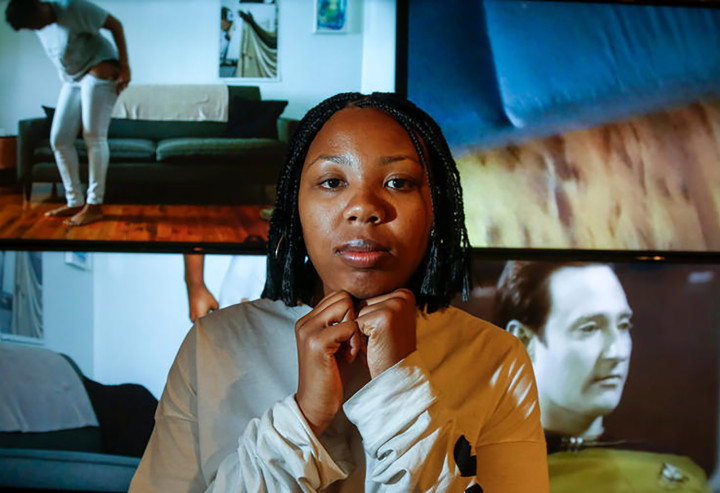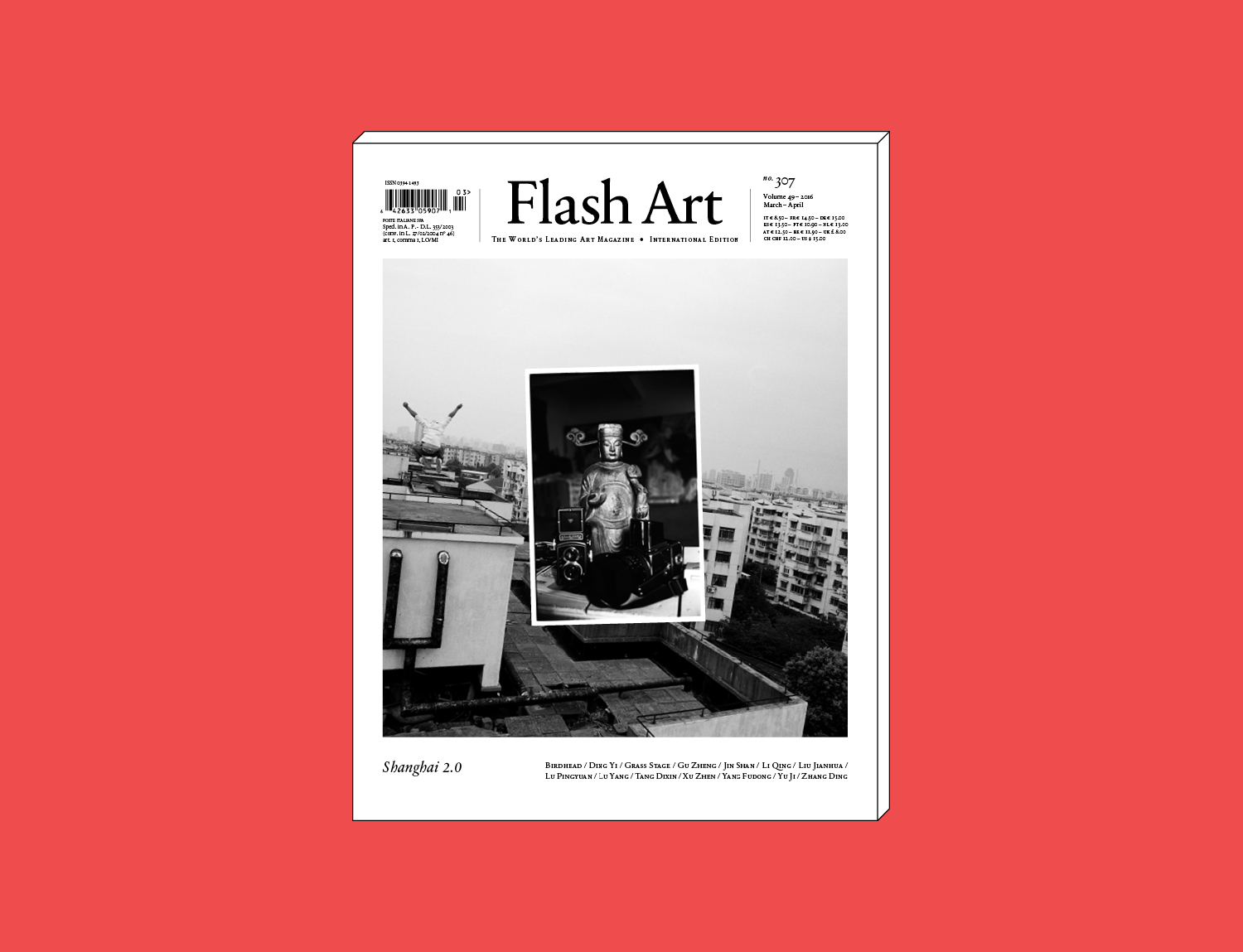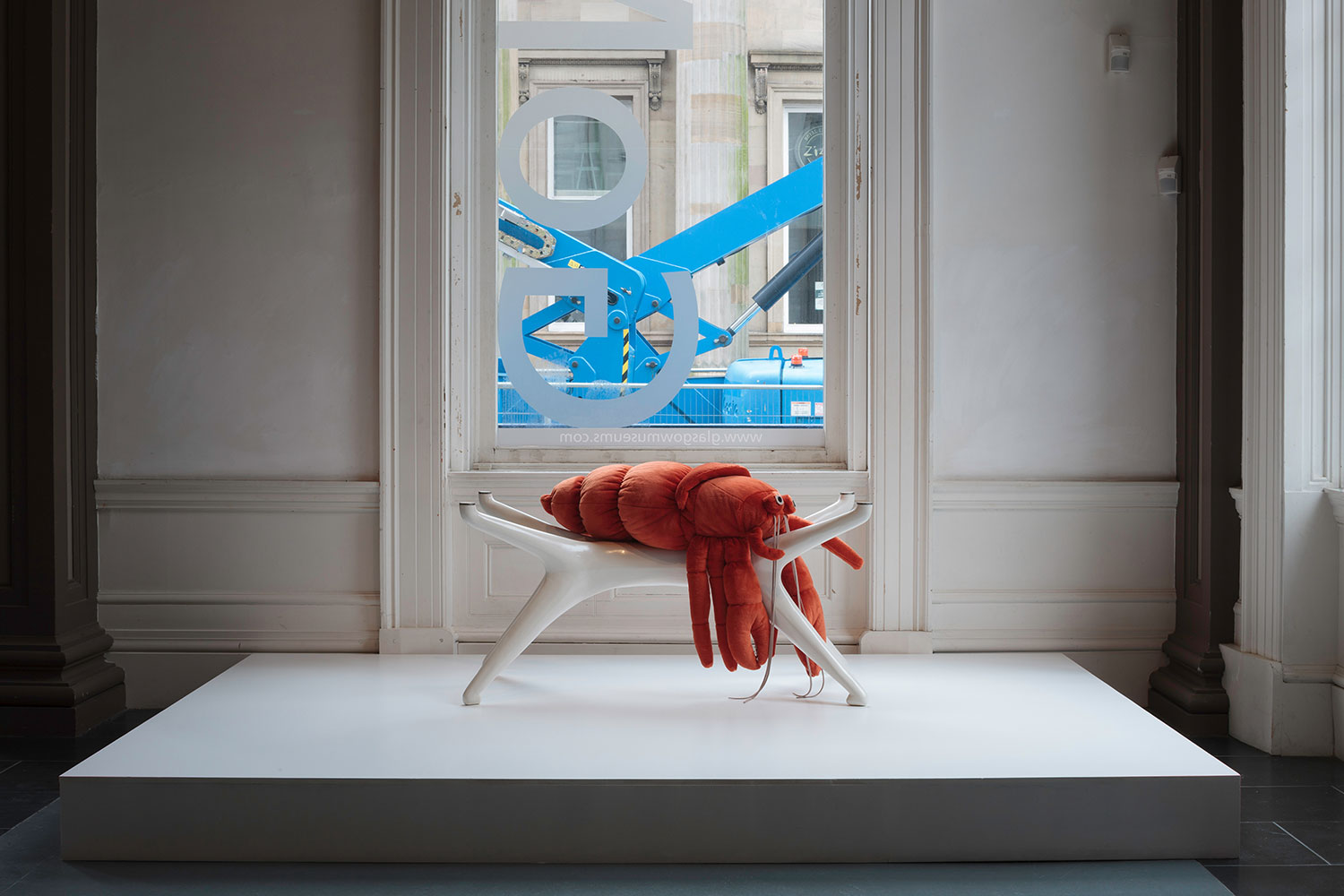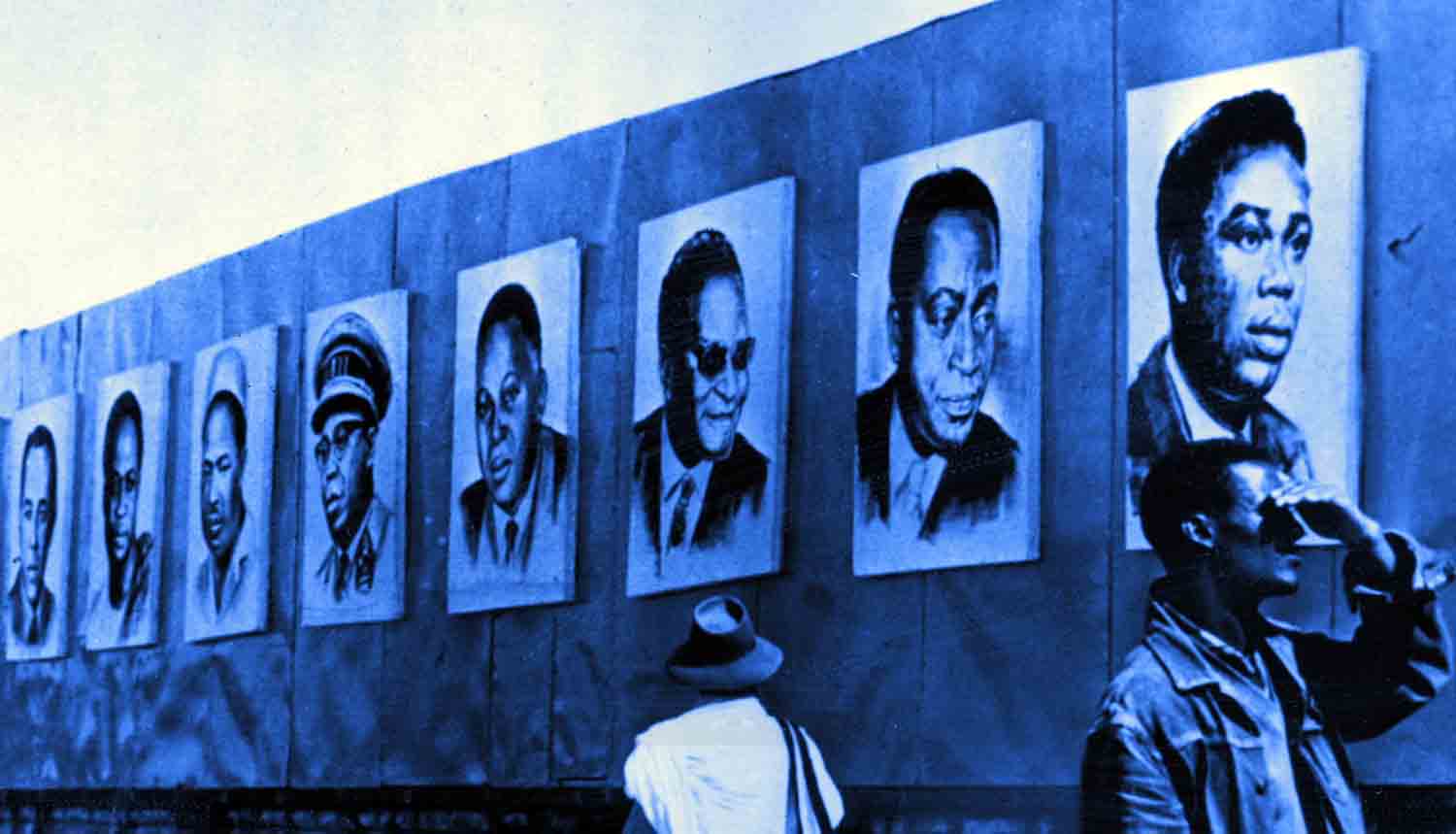The third iteration of the Hammer Museum’s biennial exhibition, called “a, the, though, only,” opens June 12. Flash Art Associate Editor Eli Diner talked with co-curator Aram Moshayedi.
There are so many pitfalls with a local biennial, the very premise of which seems to be that there is something distinctive about art here. And that seems like a pretty hard case to make in 2016. Interestingly, Eckhaus Latta, who are in the show, were also included in the most recent Greater New York. Were you looking for artists who engaged with the city somehow? Do you think there is something like LA art, or is it really all just made in LA?
We were trying to avoid any semblance of Los Angeles as a site of inquiry. But naturally the city is going to seep in to the work that’s made here. The clichés of Los Angeles still persist to some degree (even when those clichés are contradicted), so we tried to unlearn what we already knew about the city and avoid any topics that would be seen as exclusively tied to this context.
The perception of a so-called regional biennial like Made in L.A. is that it’s about an inward gaze — that it’s about boosterism. But this doesn’t necessarily have to be the case. The series that the initial Hammer biennial initiated in 2012 was really about creating a platform for the artists who live and work here. Those artists may come and go, they may move on to other contexts and cities, and this is a condition of any place today. The perception of art in Los Angeles has always tended toward a kind of regional identity based on the canonization of a handful of mostly white men and their particular brand of art-making. But that isn’t the reality of the place.
You were interested in including a range of artists at various points in their careers. You have blue-chip types, emerging artists (some more widely recognized than others) as well as some older, overlooked figures. I’m interested in these two “monographic surveys” of the work of Kenzi Shiokava and Huguette Caland. I saw that show of Caland’s early work at Lombard Fried a couple years ago, which really impressed. How did the inclusion of these two artists come about? And what will the surveys entail?
There are a handful of condensed “mini-surveys” that perforate the exhibition. Caland and Shiokava are two such instances where a broad range of work is assembled to reflect the long arc of their respective careers. Rather than represent artists who have been working for decades in relative obscurity by selecting from a particular period or body of work, we chose to really go for it and pursue a retrospective impulse. But still it’s a challenge to condense a life’s work into an exhibition of this scale. It’s an even greater challenge to put figures like Caland and Shiokava in relationship to another artist like Daniel R. Small, who has been working for the past six years on a single project centered around the archaeological excavation of the site where Cecil B. DeMille filmed The Ten Commandments in 1923. While the impetus and approach of someone like Small may differ from the older artists I mentioned, the depth, heaviness and conceptual weight of this gesture is squarely on par with their shared commitment and rigor as artists.
It’s a relatively paired-down list in comparison to some more recent Made in L.A.s, but of course is expansive in other ways, with Todd Gray dressing in Doors keyboardist Ray Manzarek’s clothes and Guthrie Lonergan “inhabiting the museum’s expansive digital spaces.” What can we expect from these projects?
The participation of artists like Todd Gray and Guthrie Lonergan is, in many respects, linked to how we envisioned the inclusion of Eckhaus Latta and writer and artist Aram Saroyan. Saroyan’s minimal poem—“a, the, though, only”—which was commissioned for the context of the exhibition’s subtitle, is encountered wherever Made in L.A. is mentioned, printed or advertised. It’s very much a poem with legs and there is a certain degree of heft to this. Although “work” by Saroyan isn’t physically located within the museum, his poem casts a much wider net than any static object might be able to do on its own. And in so far as language is his medium, it seemed fitting to give this space over to him.
To a similar end, Gray is wearing the clothes of Manzarek throughout the run of the exhibition. This was something that Gray originally felt compelled to do for a year just after the keyboardist — and a good friend of Gray — passed away, but he is restaging it for Made in L.A. As a work, it reflects any commitment as great as the shift of art into life, and therefore any encounter with this gesture is fleeting at best. Gray won’t inhabit the museum and he won’t document the project as such. Instead we were interested in the work’s capacity to overrule the activities of his daily life as an artist. Within the context of the exhibition, this plays with the very ideas of substance, weight and heaviness that one may encounter elsewhere — for example, in the span of time reflected in the history of labor politics covered by Labor Link TV since its founding by artist and labor organizer Fred Lonidier in 1988. The exhibition provides a context for considering the disparity of these two approaches alongside one another, while also maintaining their independence and an engagement with their specific needs on their own terms.




